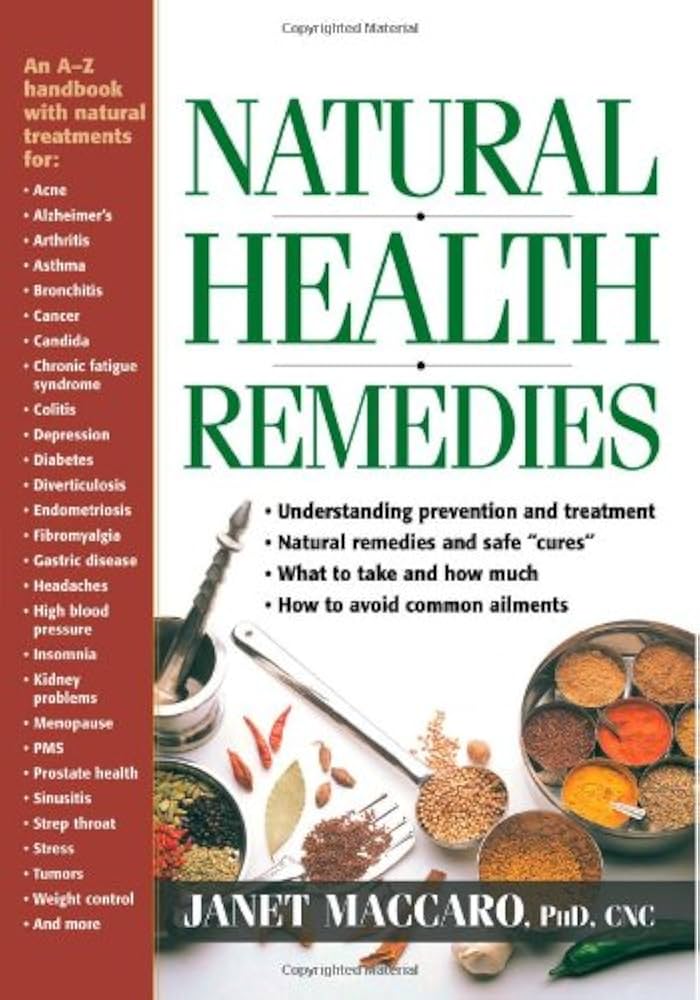Which of the Following Practices is an Example of Complementary and Alternative Medicine (CAM)?
In today’s healthcare landscape, patients are increasingly seeking out complementary and alternative medicine (CAM) practices as a way to supplement their traditional treatment plans or manage chronic conditions. But what exactly is CAM, and how can you tell if a practice falls under this category?
Defining Complementary and Alternative Medicine (CAM)
CAM encompasses a broad range of healthcare approaches that are distinct from conventional Western medicine. These practices often focus on holistic or natural methods to promote wellness, prevent illness, and treat various health conditions.
The Difference Between CAM and Mainstream Medicine
One key distinction between CAM and mainstream medicine is the approach taken to treating patients. While traditional Western medicine often focuses on symptom relief through medication and surgery, CAM practices prioritize addressing the underlying causes of illness and promoting overall well-being.
CAM Practices: A Closer Look
Acupuncture: An Example of CAM
Acupuncture is a timeless Chinese practice that involves inserting thin needles into specific points on the body to stimulate healing and balance. This ancient technique has gained widespread acceptance as a form of CAM, with many healthcare professionals integrating it into their treatment plans.
Ayurvedic Medicine: Another Example of CAM
Ayurvedic medicine is an ancient Indian practice that focuses on promoting balance between the body’s physical and spiritual forces. This holistic approach involves using natural remedies like herbs, spices, and essential oils to maintain overall health and wellness.
Herbalism: A CAM Practice with Ancient Roots
Herbalism is the use of plants and plant-based remedies to promote health and treat various conditions. This ancient practice has been used for centuries in traditional cultures around the world, from the Amazon rainforest to the Indian subcontinent.
How Can You Identify CAM Practices?
So, how can you tell if a particular practice is an example of CAM? Here are some key indicators:
- Lack of mainstream recognition**: If a practice doesn’t receive widespread acceptance or recognition within the traditional Western medical community, it may be considered a form of CAM.
What Can You Expect from a CAM Practitioner?
If you’re considering working with a CAM practitioner, here are some things you might expect:
Conclusion: What’s Next?
In conclusion, complementary and alternative medicine (CAM) is a broad range of healthcare approaches that can offer valuable alternatives to traditional Western medical treatments. By understanding the key characteristics of CAM practices – from their holistic approach to the use of natural remedies – you can make informed decisions about your own health and wellness.
If you’re interested in exploring CAM further, consider speaking with a qualified practitioner or researching reputable organizations that specialize in integrative medicine. Remember to always consult with a healthcare professional before starting any new treatment plan, regardless of whether it falls under the umbrella of CAM or mainstream medicine.


